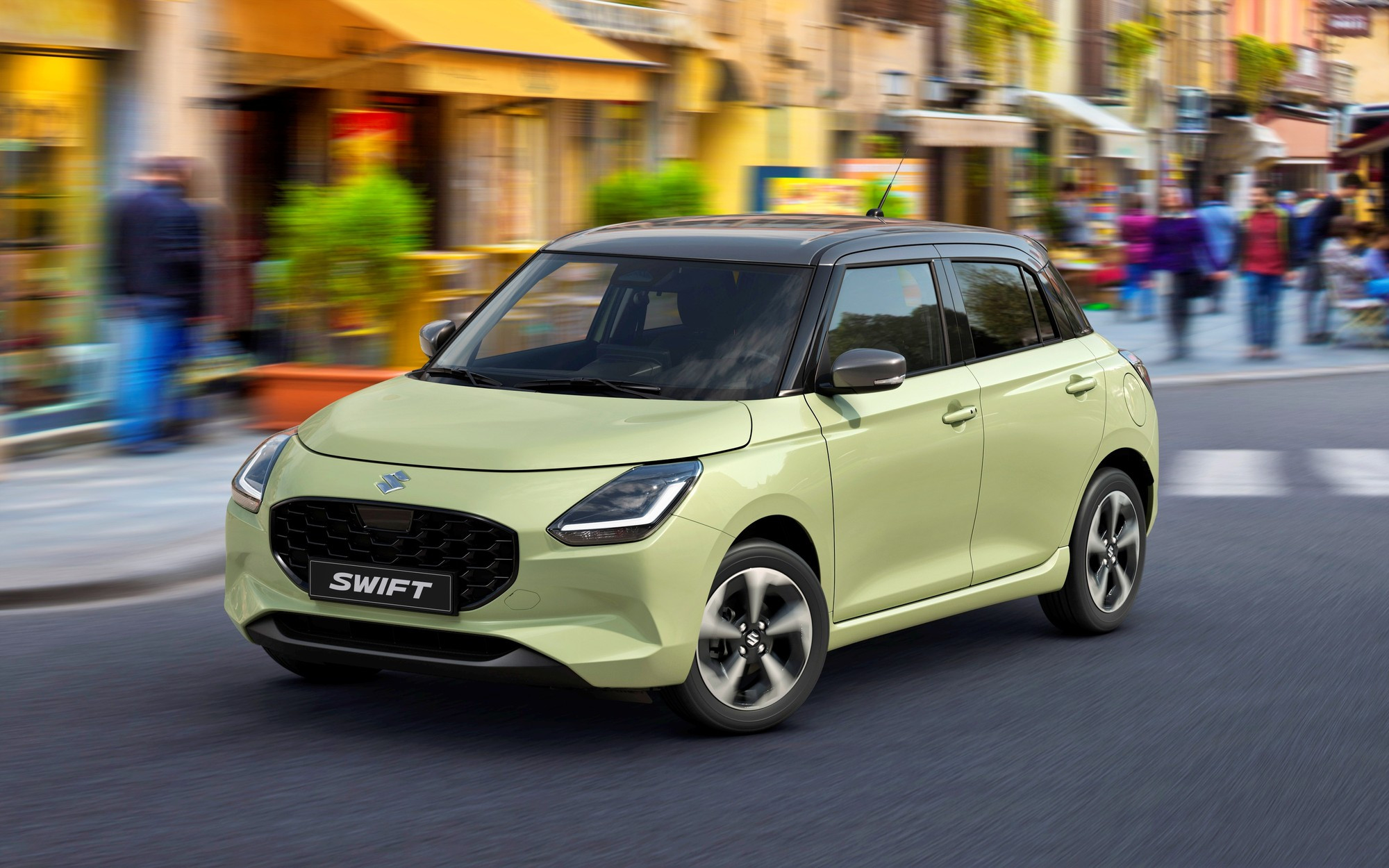
The world premiere of the new Suzuki Swift took place in October at the Japan Mobility Show 2023 in Tokyo, but there it was presented in concept status and without technical details — they were revealed today ahead of the start of sales in Japan, scheduled for December 13.
The main market for the Suzuki Swift today is India, where it is localized as the Maruti Suzuki Swift and is currently an absolute bestseller with sales of 176,315 units in the first ten months of this year. (+18.2% compared to last year). However, the new Swift will appear in India only in the middle of next year, and the debut market for the new generation hatchback will be its native Japan, where Swift’s commercial successes are noticeably more modest: 22,375 units were sold from January to October. (+13.5%). Europe is the second most important market for Swift, where it sold 35,365 units in the first ten months of this year. (+39%), the new generation hatchback will appear at European dealers next year.

The new generation will be the fourth for Swift in its current form factor and at least the seventh, if we follow the chronology from the original Japanese hatchback, developed in the early 80s of the last century. The current form factor refers to a rounded hatchback with blackened A-pillars and a cap-type roof — in this form the Swift debuted in 2004. As can be seen from the photographs, the adherence to the form factor chosen twenty years ago has been fully preserved, and in terms of technology, as it turned out today, the “fourth” Swift does not offer anything fundamentally new. From the outside, the easiest way to distinguish the “fourth” Swift from the “third” is by the waist stamping below the sill line — there was no such stamping before.
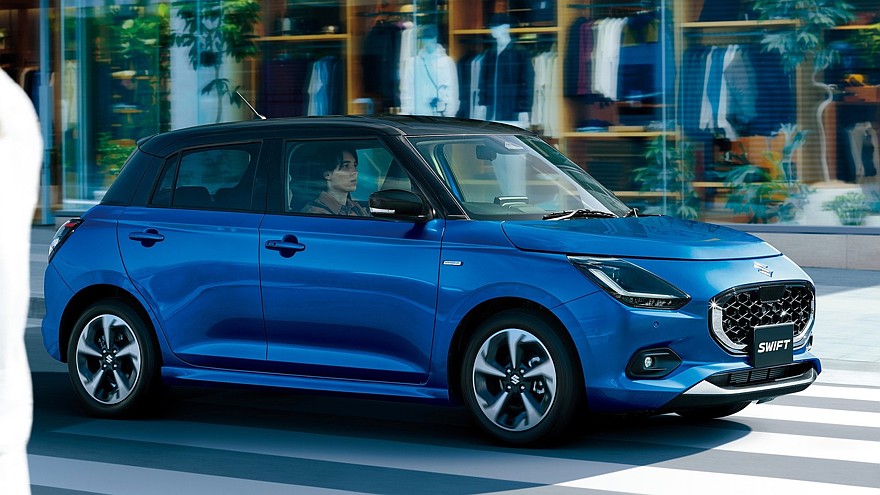 1/5
1/5 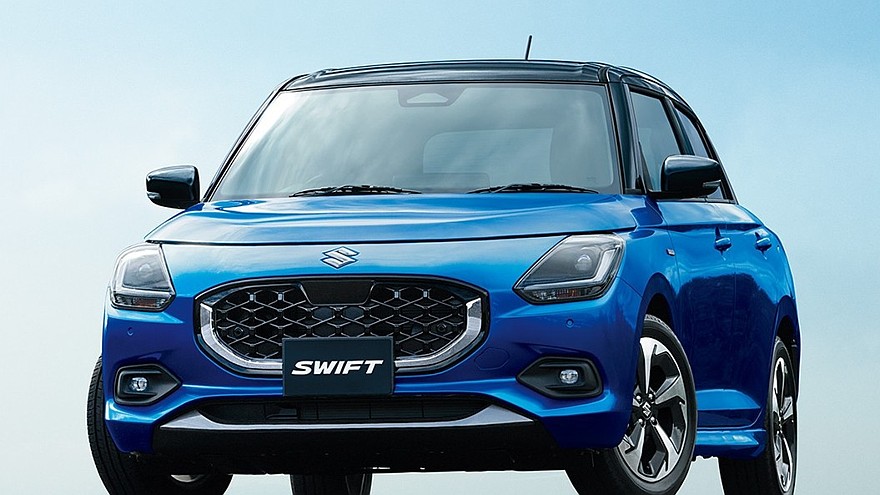 2/5
2/5 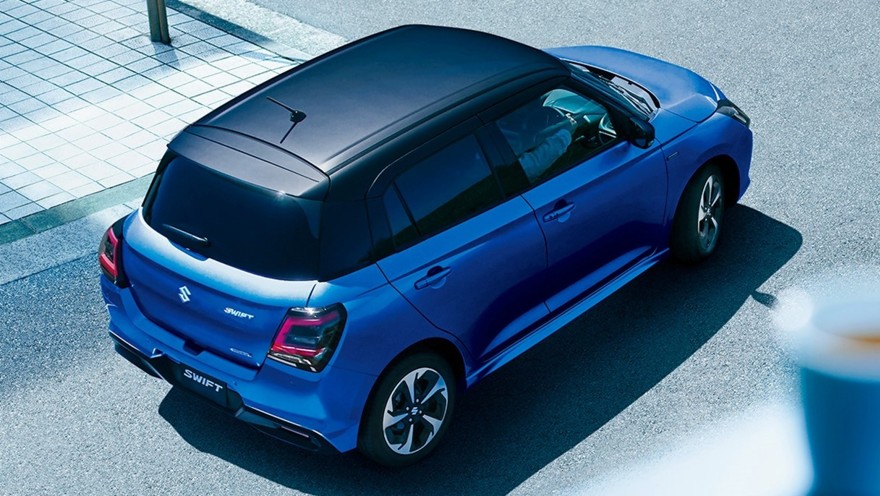 3/5
3/5 4/5
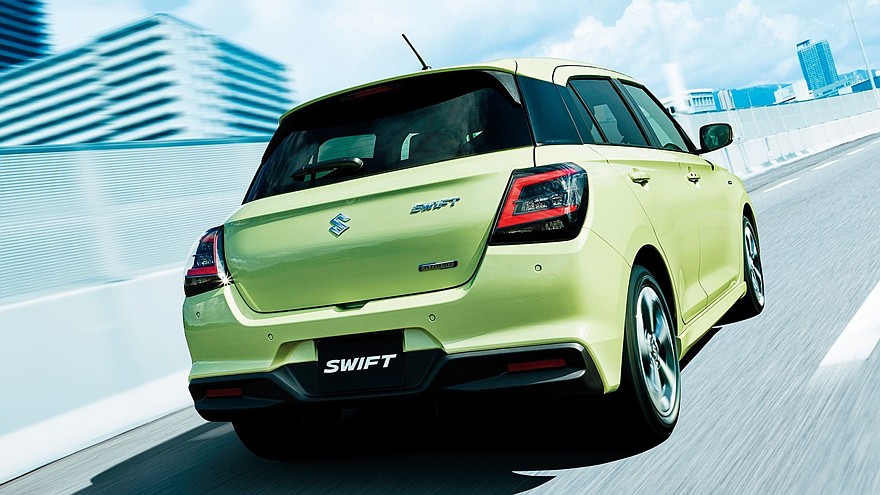 5/5
5/5
The main dimensions of the Swift have remained virtually unchanged with the change of generations: the wheelbase is the same — 2450 mm, the overall length of the fourth generation hatchback is 3860 mm, width — 1695 mm, height — 1500-1525 mm (depending on the modification). The body has become more rigid due to the wider use of adhesive joints, sound insulation and aerodynamic characteristics have been improved (specific figures are not given). The front suspension, of course, is of the McPherson type, the rear is semi-independent with a transverse torsion beam (including all-wheel drive versions), the rear suspension travel has been increased with the change of generations to make driving on rough roads more comfortable. Standard wheels are 15- or 16-inch.
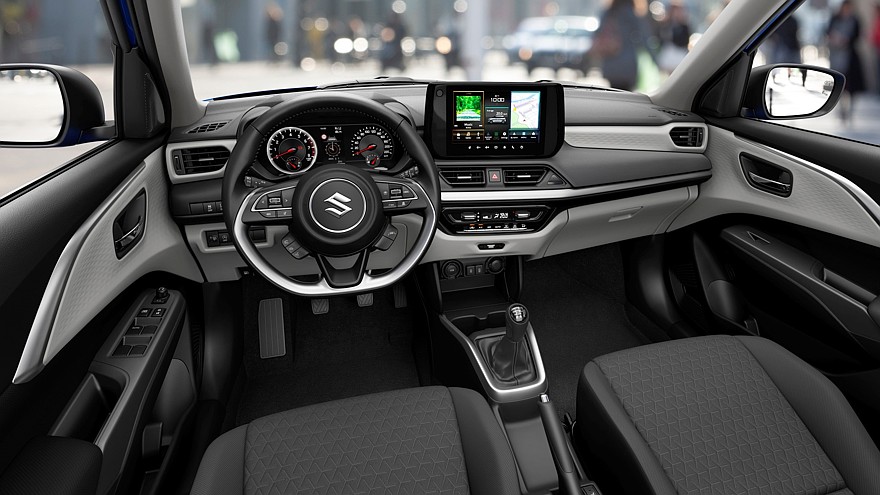 1/5
1/5  2/5
2/5 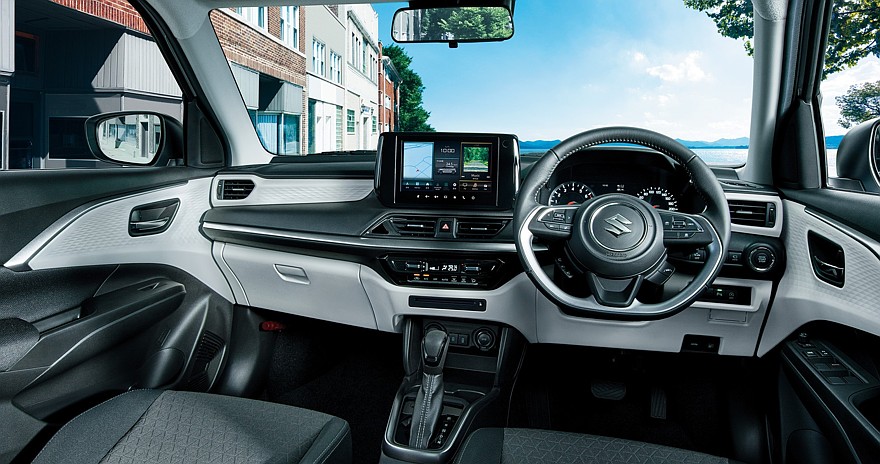 3/5
3/5  4/5
4/5 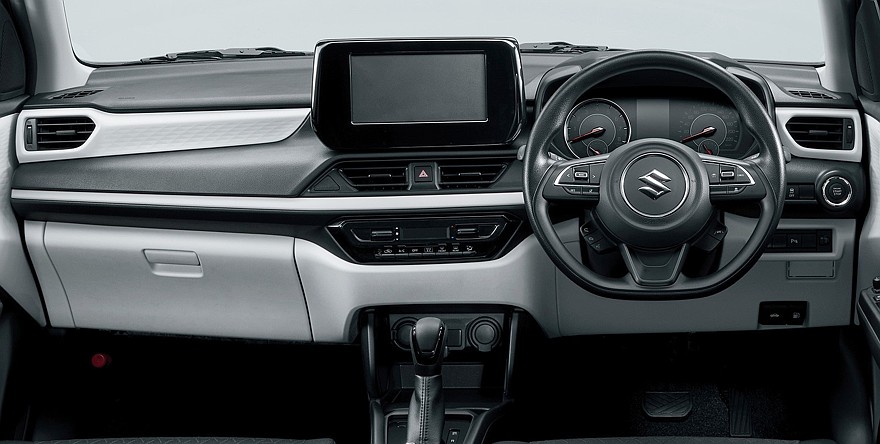 5/5
5/5
The interior of the “fourth” Swift looks frankly old-fashioned; it retains the classic instrument panel with arrow dials and a separate microclimate unit with physical keys. The multimedia system screen has moved upward and is no longer embedded in the center console, but seems to float above it in a thick black glossy frame (screen diagonal is 9 inches). There is more space for storing small items. The list of electronic driver assistants available for the model has been significantly expanded; it now includes adaptive cruise control with traffic jam mode and a camera that monitors the driver’s well-being. The loading height of the trunk has decreased, the trunk volume is 265 l.
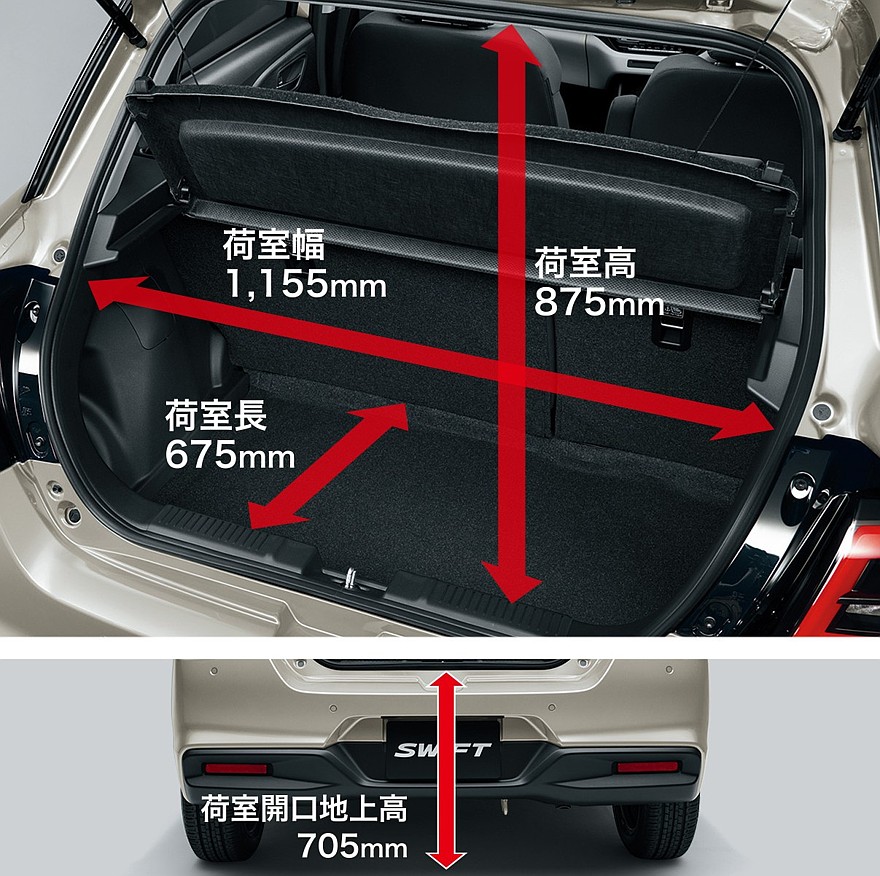
For the new Swift, the only petrol 1.2-liter three-cylinder “aspirated” Z12E with a maximum output of 82 hp is currently announced. and 108 Nm, in the basic XG configuration it comes only in combination with a CVT, but the drive can be either front-wheel drive or all-wheel drive (the power is transferred to the rear wheels by a clutch). The older Hybrid MX and Hybrid MZ configurations are by default mild hybrid with a 12-volt electrical system: the gasoline engine is assisted by a starter-generator (3.1 hp, 60 Nm), a compact buffer lithium-ion battery with a capacity of 3 Ah is located in the seat front passenger (meaning Japanese right-hand drive version).
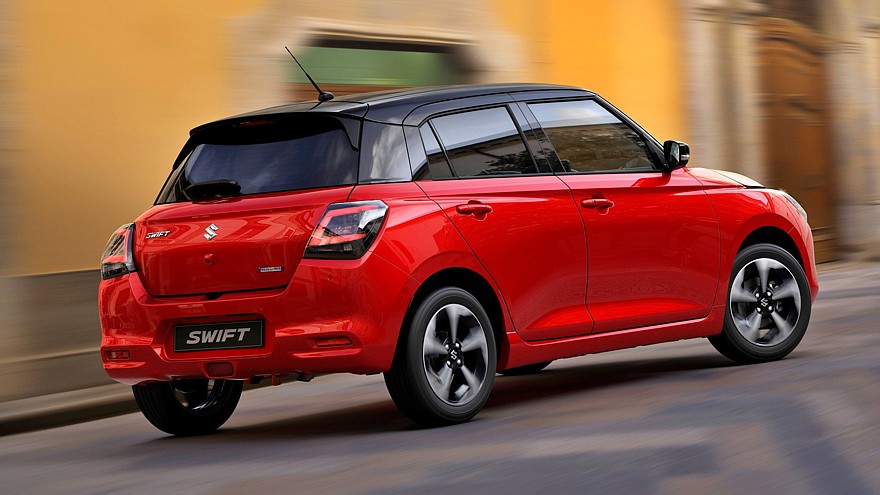 1/4
1/4 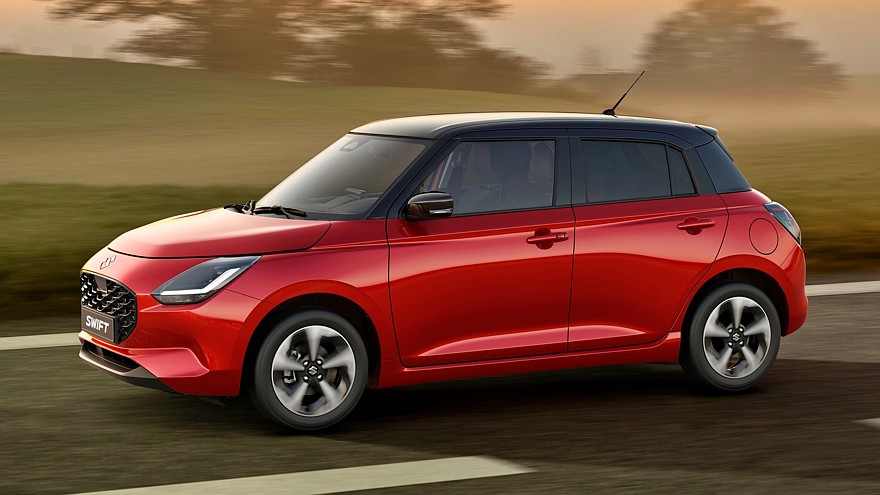 2/4
2/4  3/4
3/4 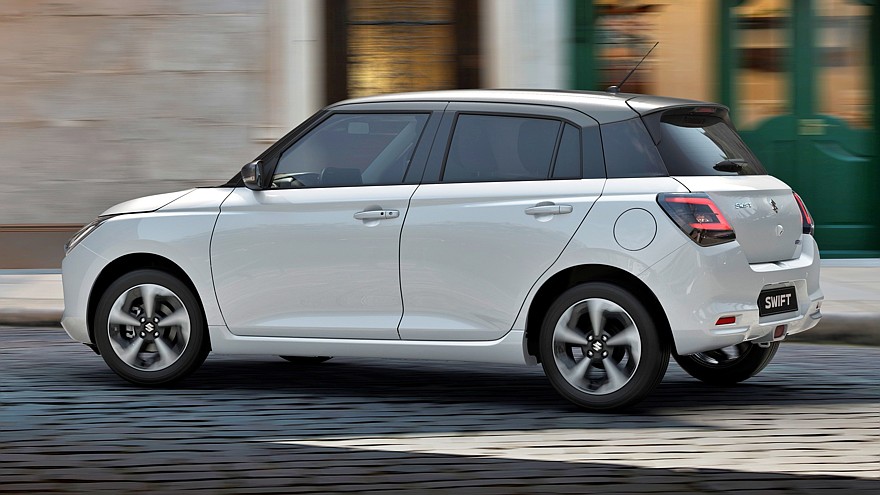 4/4
4/4
Only in the Hybrid MX configuration, the new Swift is available with a manual transmission (5 speeds) and only in combined with front-wheel drive — Suzuki claims this is a unique offering in the Japanese market. The Hybrid MX package can also be obtained in combination with a CVT (front-wheel drive or all-wheel drive), the richest Hybrid MZ package is available only with a CVT (front-wheel drive or all-wheel drive).

The basic Suzuki Swift XG with front-wheel drive costs in Japan from 1,727,000 yen (1.08 million rubles in translation at the current exchange rate), with all-wheel drive — from 1 892,000 yen (1.18 million rubles). The all-wheel drive top version of the Swift XG will cost at least 2,332,000 yen (1.45 million rubles).




























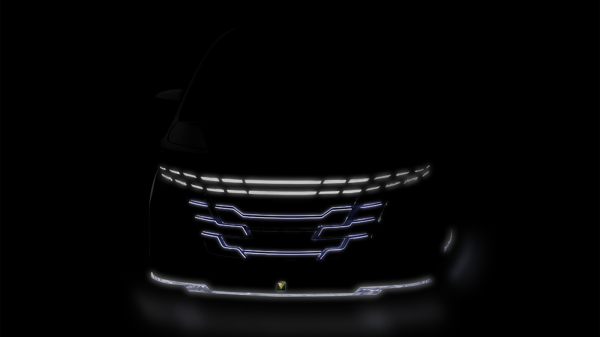
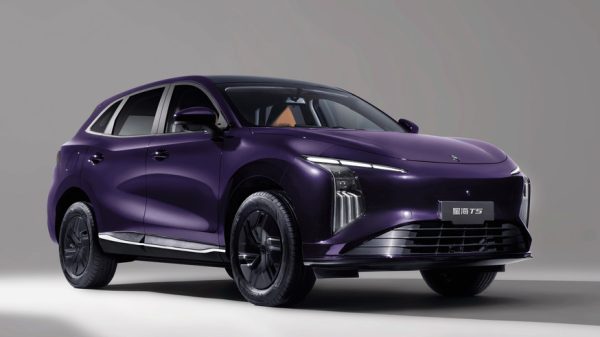










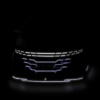













Свежие комментарии